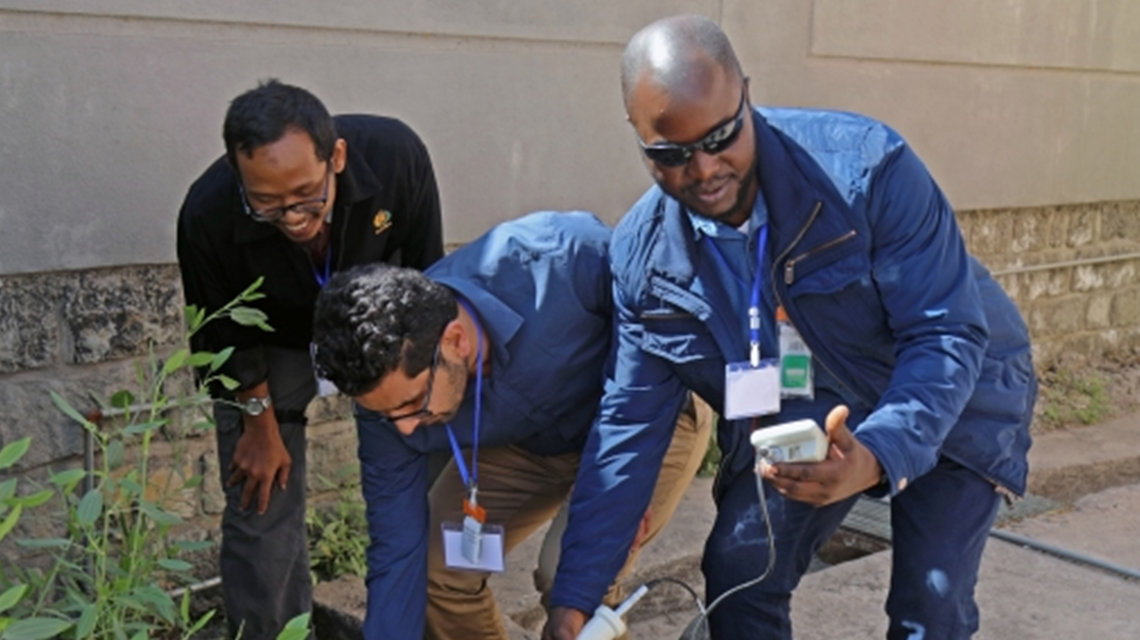To protect people and the environment from the potential adverse effects of ionizing radiation while fostering the safe use of radioactive sources, the IAEA has been working with 32 countries in Africa, Asia and the Pacific, Europe and in Latin America to support the ‘cradle-to-grave’ management of sealed radioactive sources. Since the launch of the interregional technical cooperation project in 2016, considerable progress has been made in promoting the cradle-to-grave approach to the safe management of sealed radioactive sources (SRS) enhancing capacities for the application of the approach. Some participating countries are currently considering the use of technologies, developed with IAEA support, for disused source management, while others have observed tangible improvements in the safety and security of radioactive sources over the course of their engagement with the project.
Following a series of expert missions, meetings and training courses, the interregional project drew to a close at a November 2019 event, when participants reviewed its achievements and established the objectives of a follow-up project, launched in January 2020[1].
Regulators and operators from 10 new countries – Bangladesh, Iran, Jamaica, Moldova, Myanmar, Pakistan, Thailand, Uganda, Ukraine and Viet Nam – will participate in the follow-up project in addition to the 32 countries already involved, leveraging the newly-developed capacities of the ‘graduates’ of the predecessor project to attain greater self-reliance in nuclear safety, waste management and radiation protection.
The 32 IAEA Member States that took part in the initial project were Argentina, Albania, Bosnia and Herzegovina, Brazil, Bulgaria, Croatia, Cyprus, Cuba, Egypt, Ethiopia, Ghana, Georgia, Greece, Indonesia, Jordan, Libya, Lebanon, Malaysia, Malta, Montenegro, Morocco, Namibia, Nigeria, North Macedonia, Philippines, Portugal, Serbia, Slovenia, South Africa, Tunisia, Turkey and the United Republic of Tanzania.










